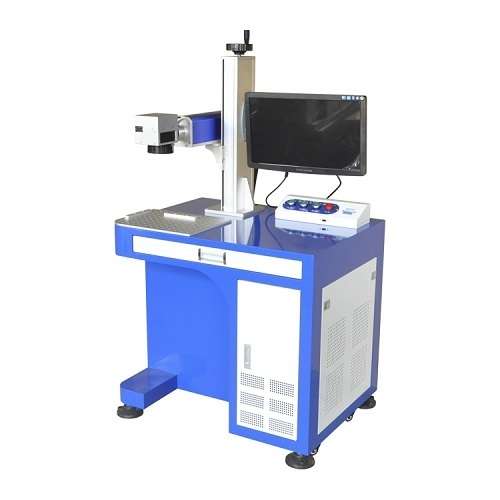Assaying of Gold and Gold Alloys
The technical word for testing of any precious metals is known as ASSAYING. The method is a rigorous one involving an accurately weighed homogenously prepared sample charged in to a high temperature muffle furnace to draw away all the base metal impurities added while making jewellery. The process is known as Cupellation method and is being still used as an international referee method for testing of gold to an accuracy of +/- 0.02% or 0.2 ppt (parts per thousand, an unit of expressing gold fineness in a precious metal or its alloy). A high resolution XRF equipment is used for non-destructive determination of (qualitative) of precious metal contents and other impurities that may influence the final assessment of purity of a sample under testing. If there is a need to analyze the trace elements in the sample, the process such as ICP-OES or Spark Emission may be used from labs equipped to do carry out such teats.
Assaying of Silver and Silver Alloys
There are number of methods used for assaying of silver such as bottle assay method, gravimetric method and potentiometric (Volumetric) method wherein at the end of each of the process silver is converted to silver chloride and then estimated to give final silver content at the end of each of the methods employed.
It is very important to mention here that unless a correct sampling method of drawing a sample that represents a whole lot or mass of precious metals while being melted in a furnace Irrespective of the how carefully the analysis is carried out, if sampling is not done properly, the results may not be true reflection or estimation of precious metal content present in the parent metal or alloys.
A certificate for a market sample as received can also be issued in case if a homogenous sample is tendered by a customer in a format designed as per the standard. However, in all such cases the result is specifically confined only to the sample and not the batch or lot of samples it could have been drawn,


